Hello friends and Hivians. I'm back again to share somethings at the Joslyn Museum. This time for the most part will be Egyptian artifacts with some other countries as well. I really haven't got to experience much Egyptian art except for what I have seen on television. I seen these a few weeks ago and I'm happy to say no curse or bad luck as found me yet, haha.
Like my part I, these were all staged in a hallway on the second floor encased in glass boxes. It's quite the experience to witness ancient cultures and items left for us to see many centuries later. Let's me take you on the tour of some of the things I seen.
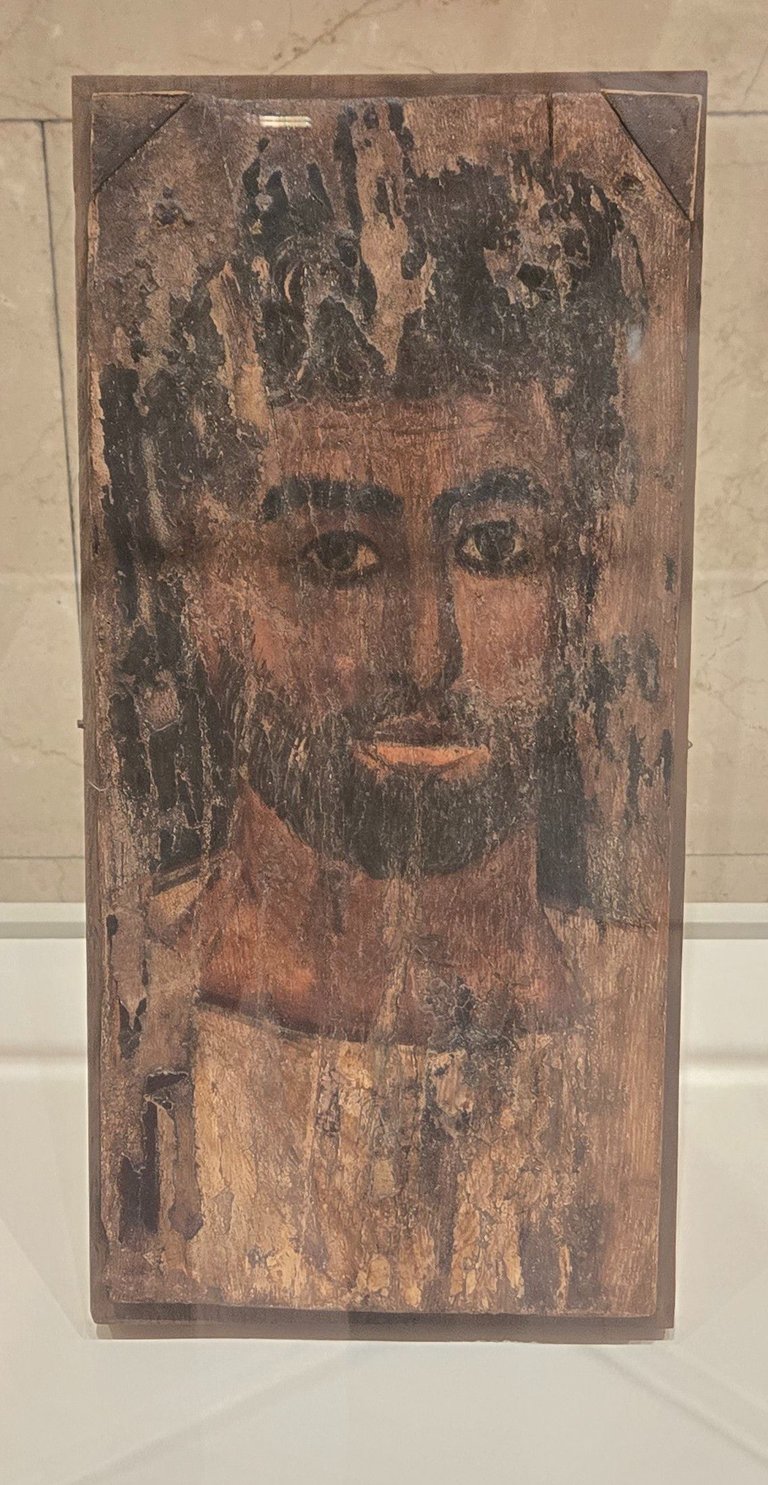
Funerary Portrait of a Man
Roman Egypt, possibly from Hawara
2nd or 3rd Century CE
This painted wood panel would have been placed over the remains of a mummified person. I find that Egyptians who were part of the funery practice were some great artists. Portraits like these are called, Fayum,as they were very common in the Faiyum Basin, west of the Nile River in Egypt.
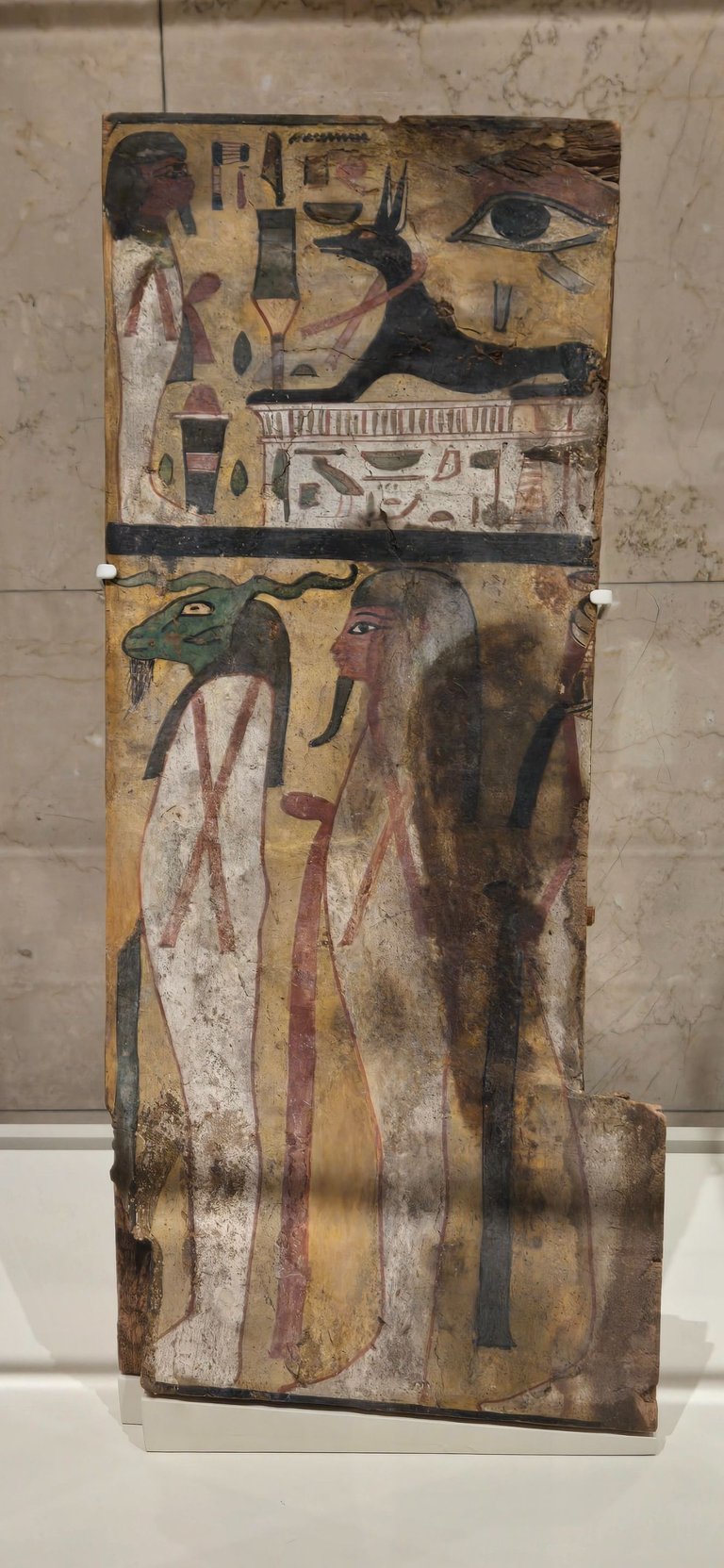 Painted Panel
Painted Panel
Egyptian, 1300 BCE
The painting on this wood panel is imagery of the underworld. At the top is Jackal Anubis, god of funerary practices and caretaker of the dead. The row below is larger standing figures in bandages representing the gods of the underworld.
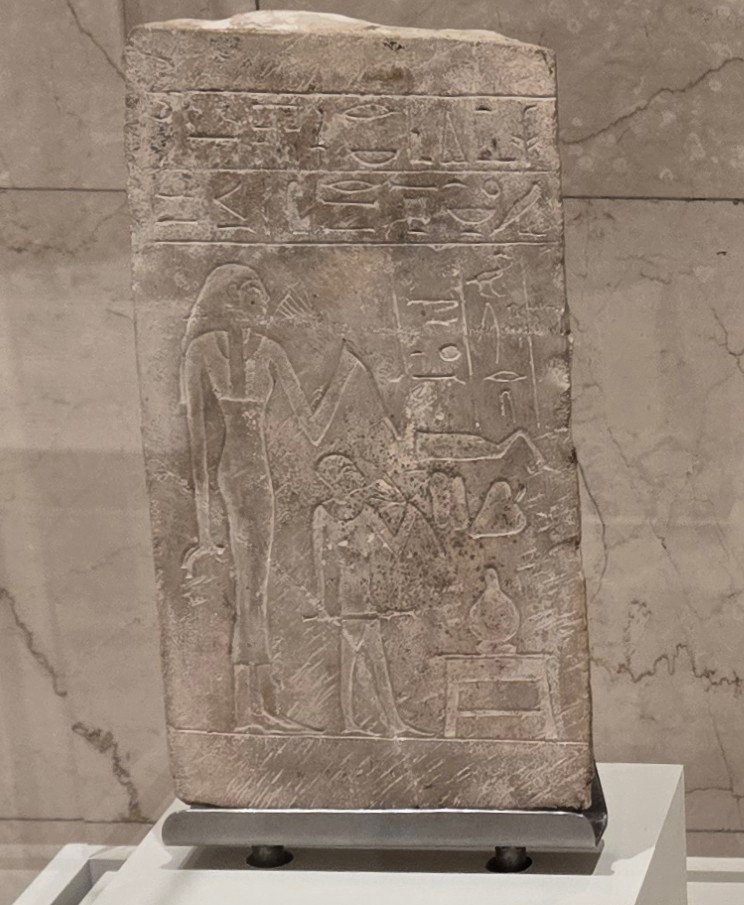 Funerary Stele
Funerary Stele
Egyptian, 2000 BCE
Steles are proof of the complex cultural ceremonies performed in Ancient Egypt. They often feature inscriptions and decorative reliefs carved into stone. The stone slabs were used mark graves and commemorate a historical events. They also appeared on temples, tombs and ritual objects. This particular one incised with the seated Ptah(the creator god)and his daughter Maat(the divine representation of truth)served as a private personal item, offered in gratitude to a deity.
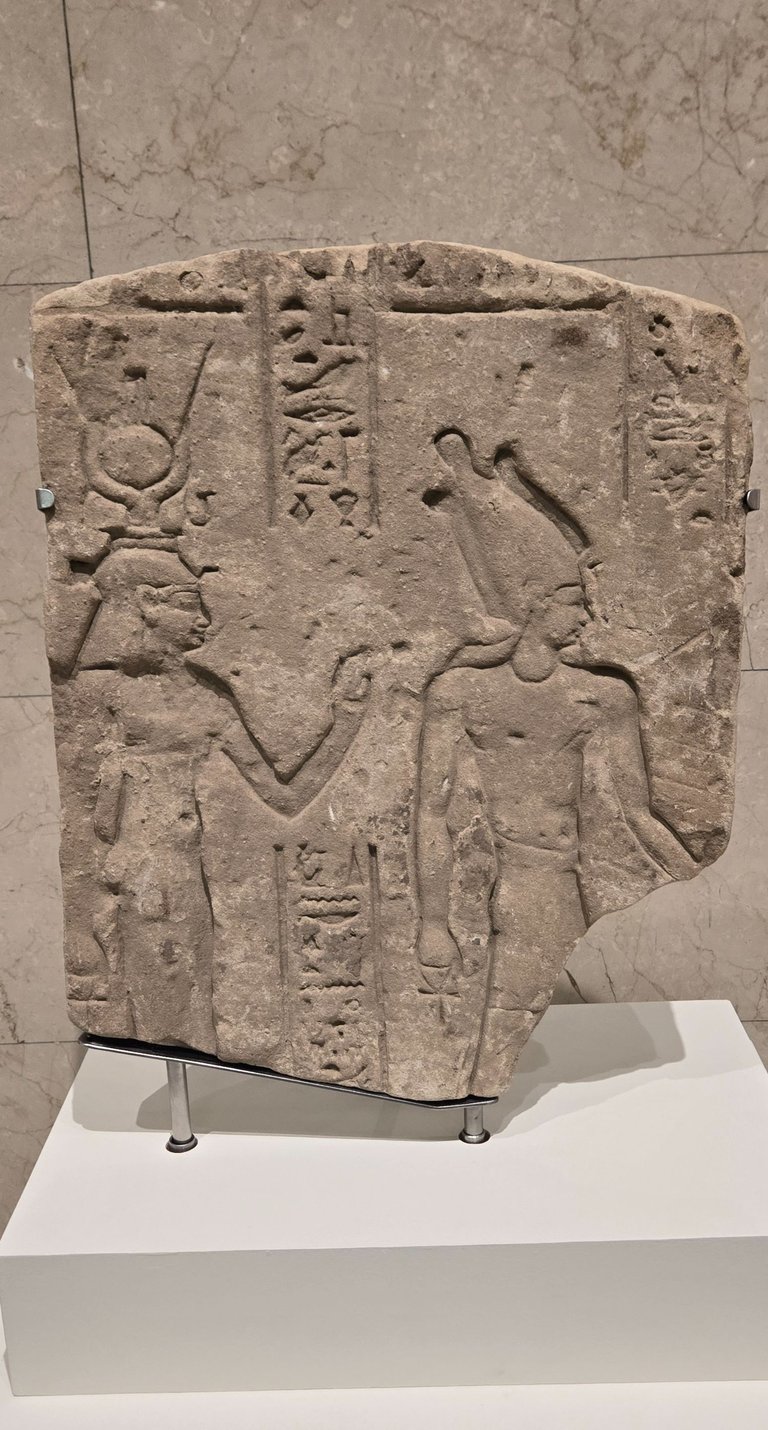
Relief of Isis and Osiris
Greco-Roman Egypt, 305 -30 BCE
Osiris, the god of the underworld appears to the right of his consort, the goddess Isis. Isis was a healer and model for women. The hieroglyphics text mentions Isis and her son Horus. Horus is a god associated with kingship who usually is represented in falcon form.
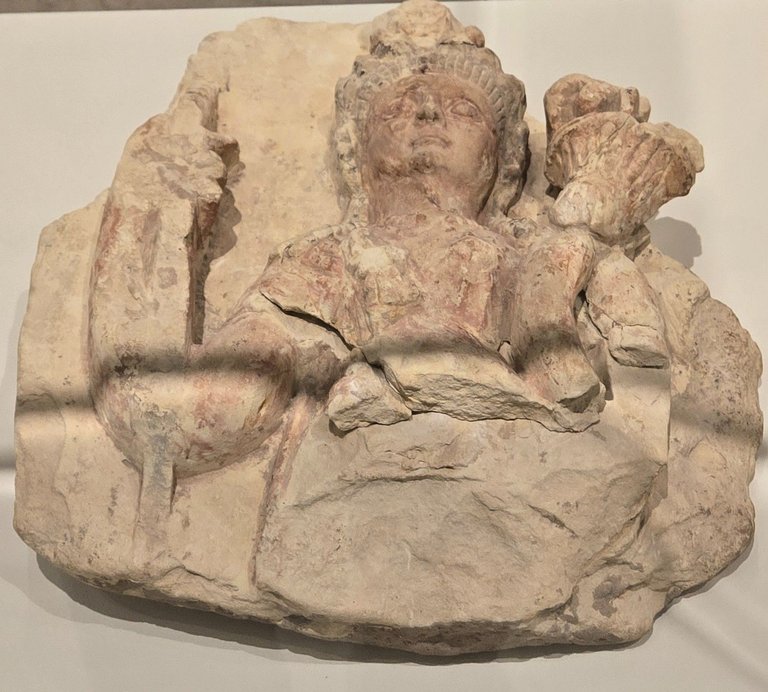 Stele of Isis-Fortuna
Stele of Isis-Fortuna
Greco-Roman Egypt,31 BCE-4th Century CE
The female figure attributes to two different goddesses. The lunar disk headdress represents Isis. While the cornucopia (symbol of abundance and fertility)in the crook of her left arm associates with the Roman goddess Fortuna.
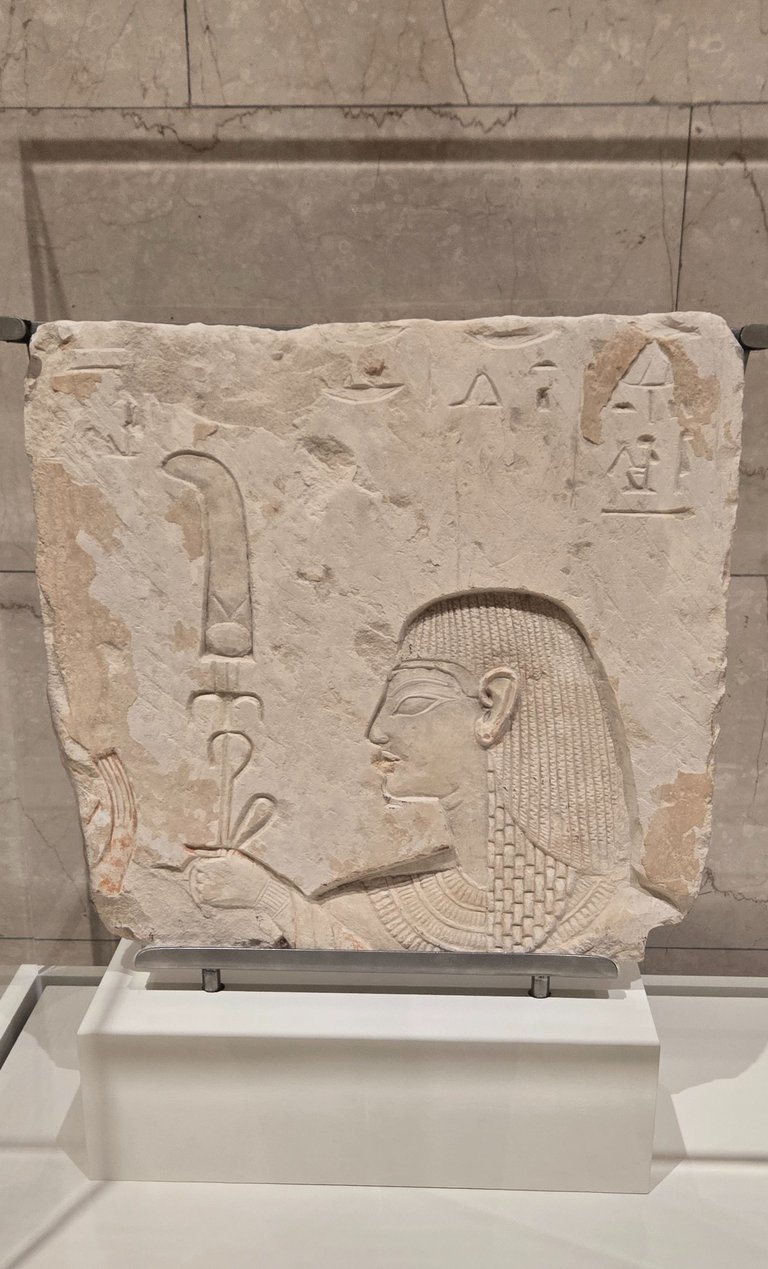
Relief with Head of a Youth
Egyptian, 18th Dynasty, 1300 BCE
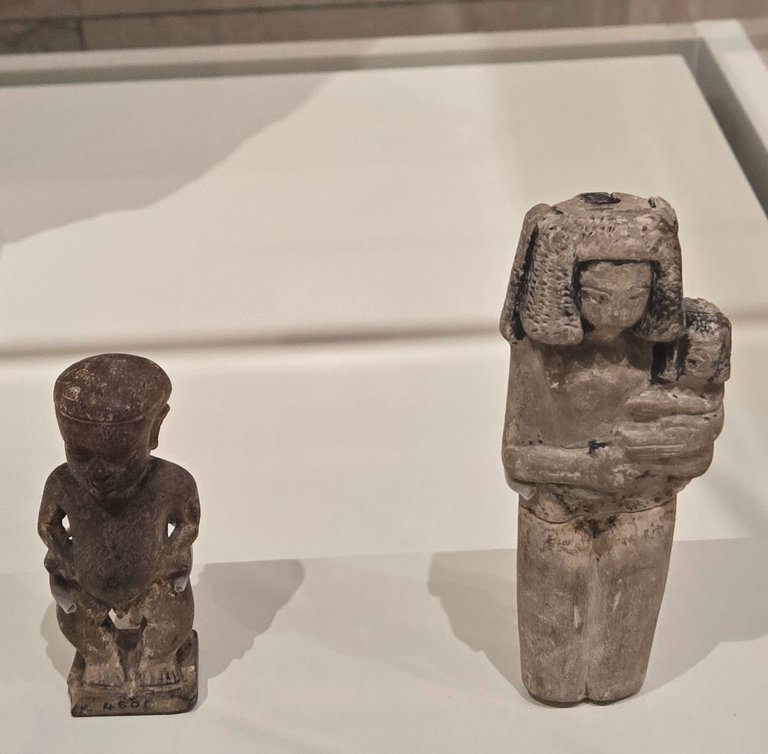 Left to Right
Left to Right
Pataikos Amulet,Egyptian, 1800 BCE
Votive Figure, Egyptian, 1980-1630 BCE
Ancient Egyptians sometimes placed small scale statues of naked women without thier feet in the tombs of men,women and children. These votive offerings likely expressed a wish for offspring or resurrection in the after life. This votive figure has a deliberate cut at the hip line suggesting it was done in a ritual relating to fertility. In my opinion, Egyptians really took the after life very serious probably more than the present life.
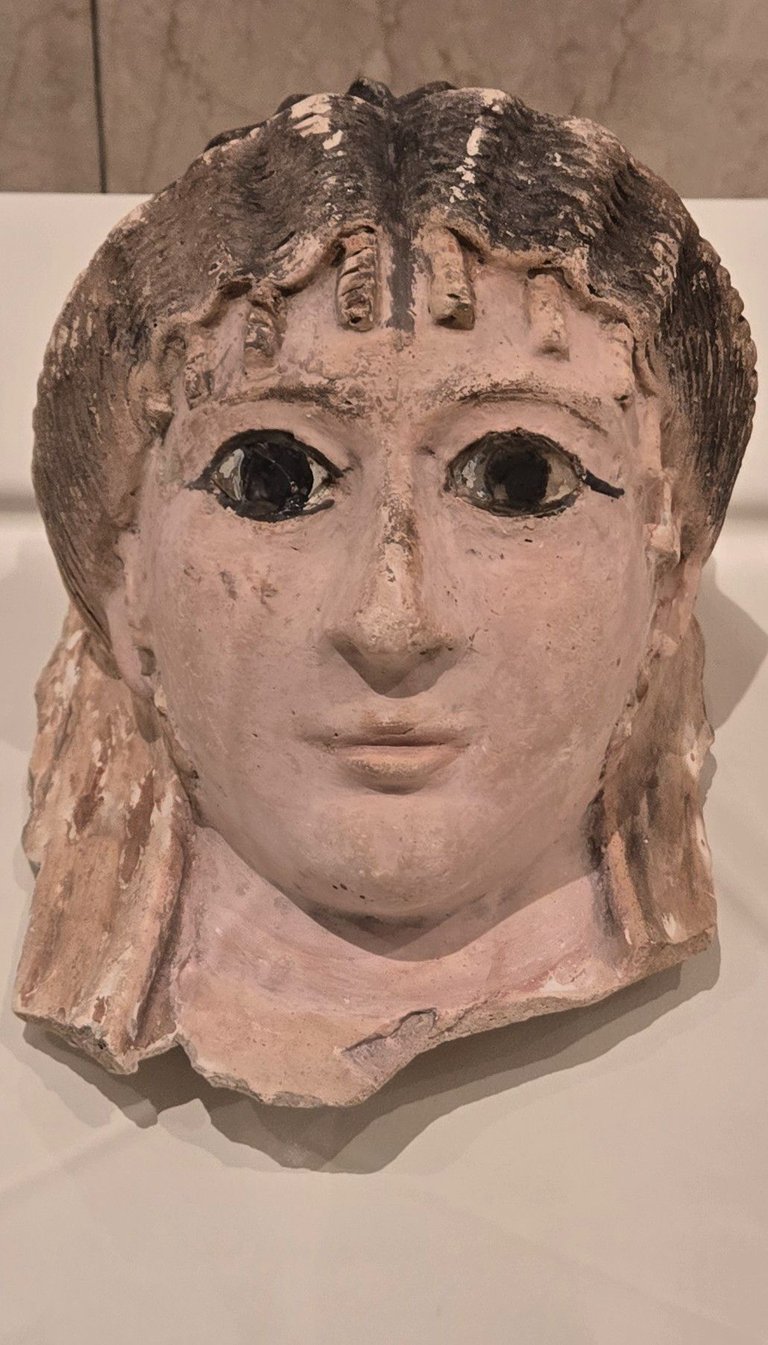
Mask of a Mummidied Women
Roman Egypt, 2nd or 3rd Century CE
The mask gives off a real life like appearance. The inlaid glass eyes defintely give that. This is just part of what covered the entire mummy. It's a reminder of unethical archeological practices that may have been practiced or due to careless tomb robbers.
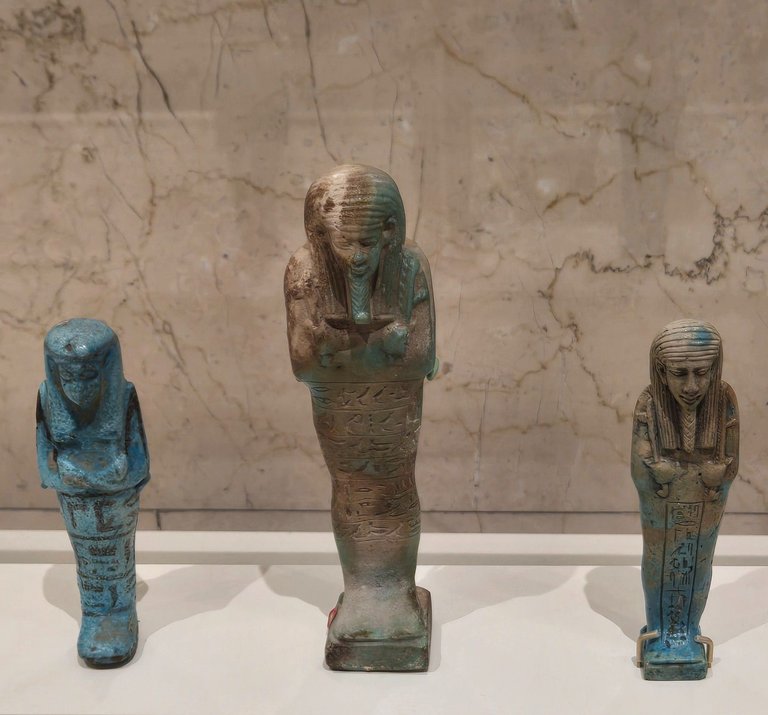 Left to Right
Left to Right
Ushebti, Egyptian, 1075-656 BCE
Ushebti, Egyptian, 664-525 BCE
Ushebti, Egyptian, 664-332 BCE
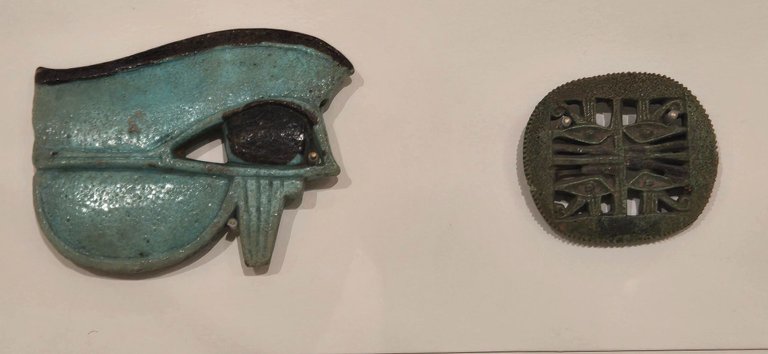 Left to Right
Left to Right
Wedjat Amulat, Egyptian 664-332 BCE
Quadruple Wedjat Amulat, Egyptian 600 BCE
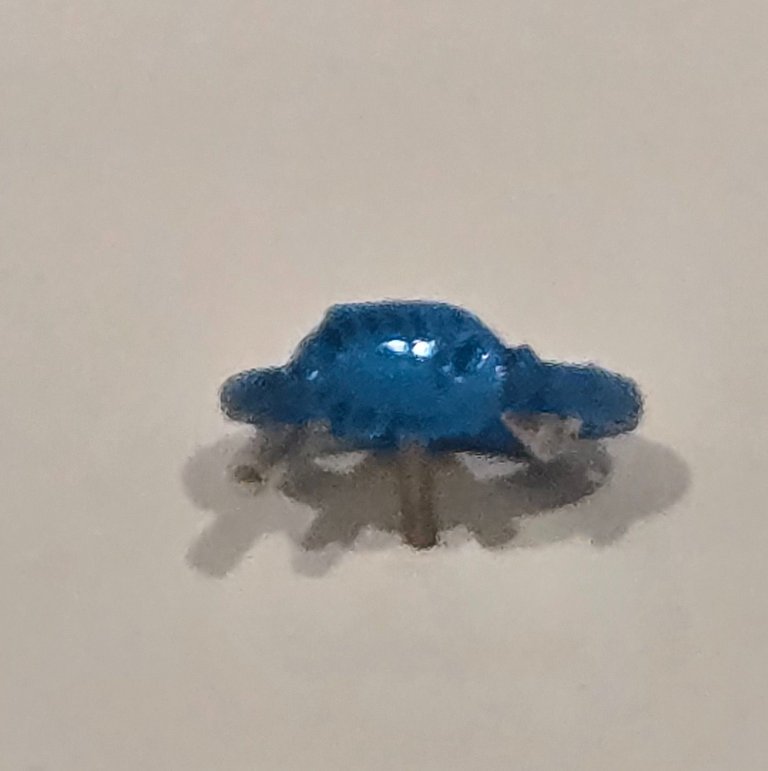 Ring with Fish
Ring with Fish
Egyptian 1600 BCE
All made of faience which is an earthware decorated with colored tin glazed. If worn as jewelry it was thought to protect the wearer from evil. Yes, I would sport that fish ring 😁 These figures (Ushebti) provided labor for the deceased in the after life.
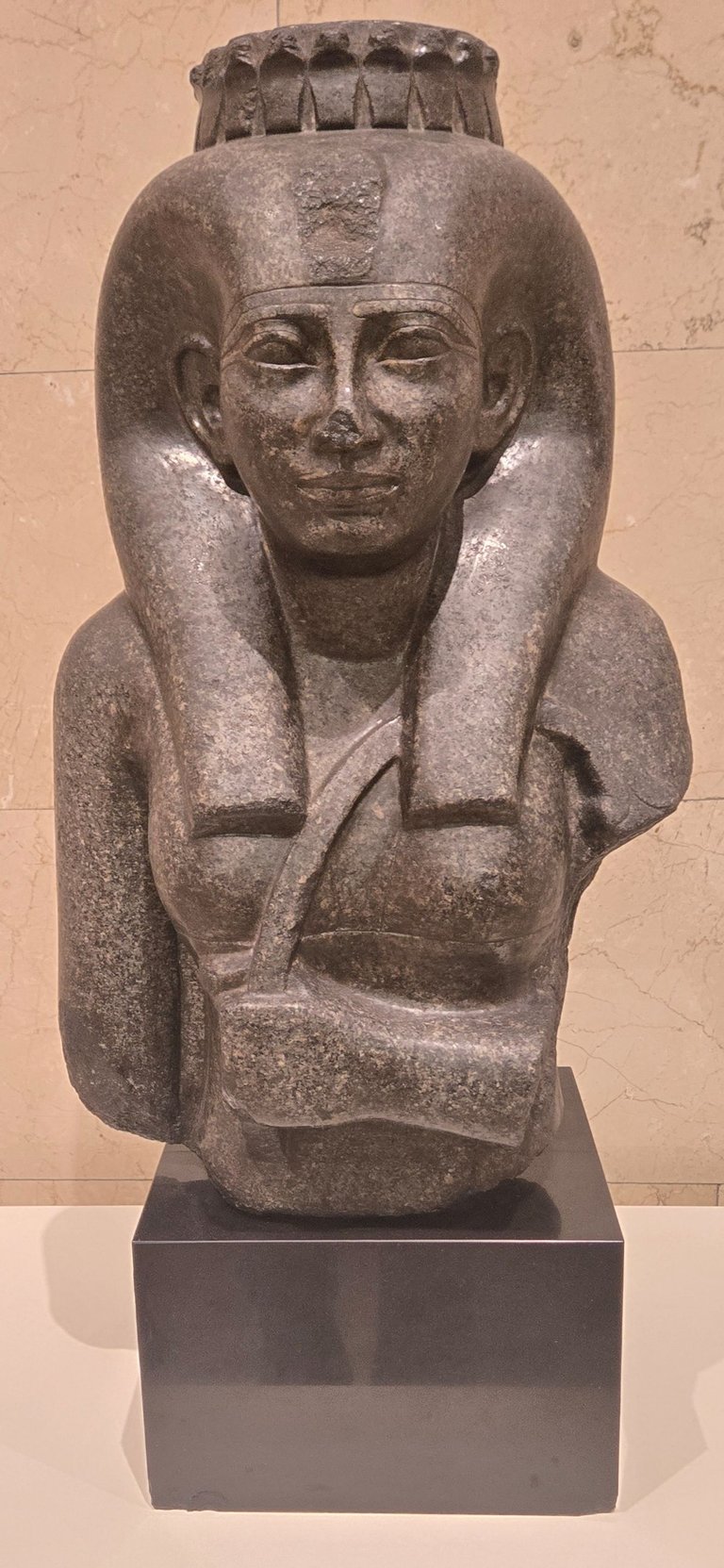
Amenirdas I, the Devine Consort
Egyptian, 700 BCE
She belonged to a royal family from Nubia. Under her family's rule Egypt was unified for more than a half a century. Her brother, King Prankhi appointed her as a Divine Consort, the highest religious office in the kingdom.
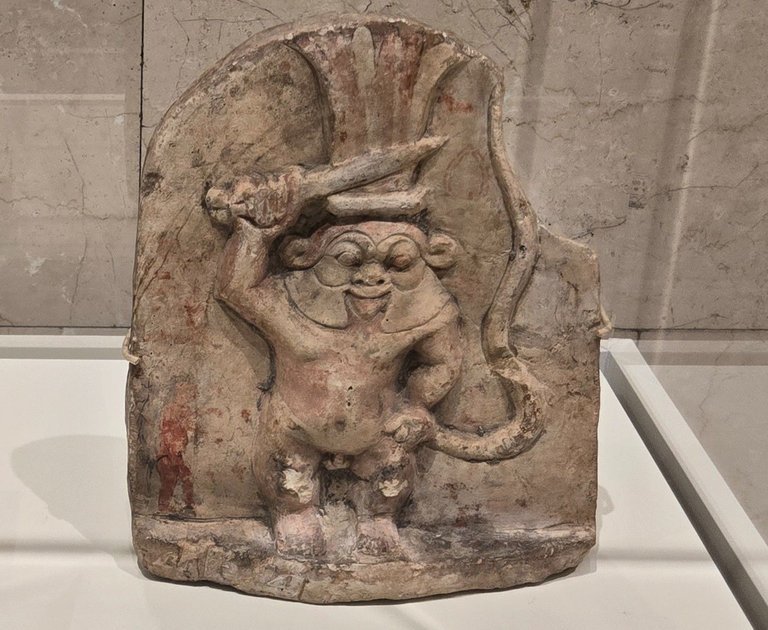 Stele of Bes
Stele of Bes
Greco-Roman Egypt 305-50 BCE
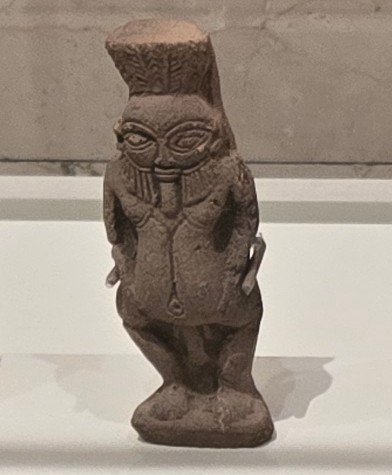 Bes, Greco-Roman Egypt 305-50 BCE
Bes, Greco-Roman Egypt 305-50 BCE
Bes represented as a bowlegged dwarf with a large head, protruding tongue, and prominent genitals. He typically wears a crown of feathers The minor Egyptian god was associated with music, child birth,and sexuility. Bes served to install joy and ward off evil spirits. He was incredibly popular and was on a lot of ordinary and personal items in the household. After seeing him and knowing about him he's one of my favorites 😆 Would you let him in your household as a knick knack?
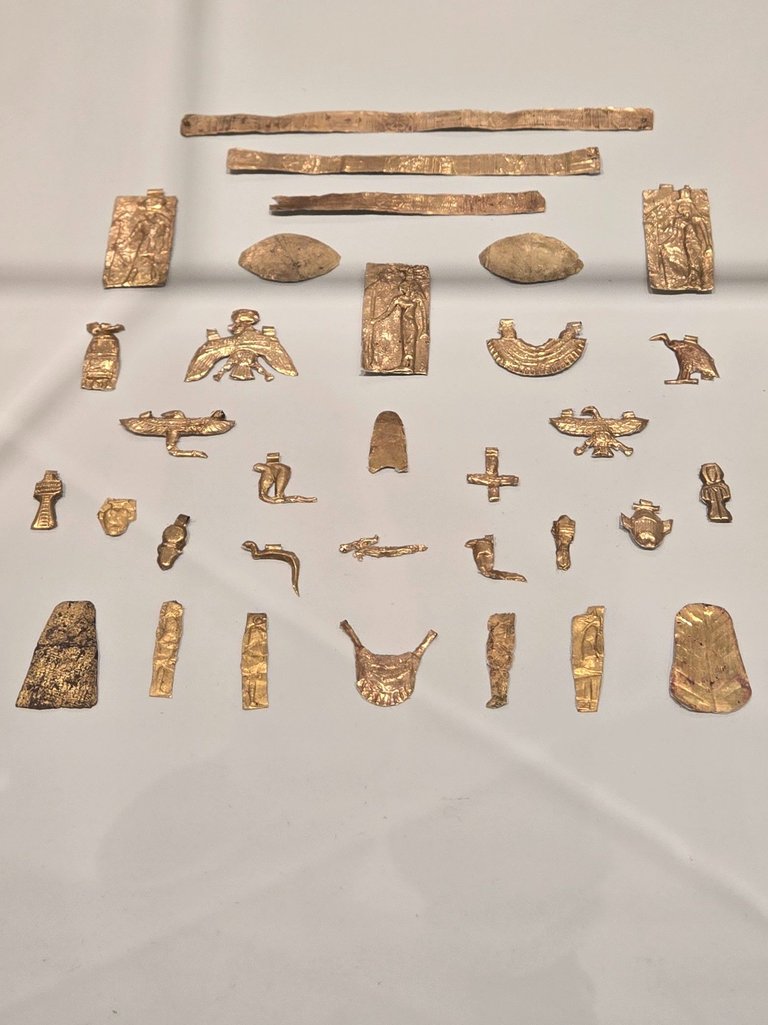
Gold Wrapping Amulets, Egyptian
664-332 BCE
Now the ancient Egyptians had an art with gold. Not just in making jewelry either. The upper society including Pharoahs had lots of gold in thier burial tombs. They made so many things out of gold. Theres a good reason some of those tombs went so long not being found, they were cleverly hidden.
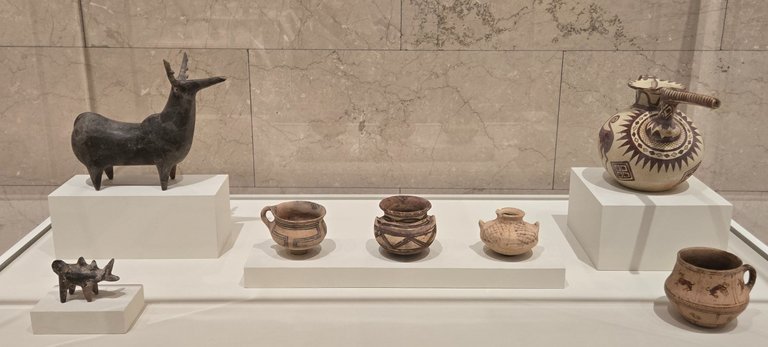
Left, Back to Front
Stag Vessel, 1000-800 BCE
Double Humped Animal, 1000 BCE
Center, Left to Right
Pot, 2000 BCE
Pot, 1500 BCE
Vessel, 1000-901 BCE
Right, Back to Front
Archaic Vessel with Horse
900-800 BCE
Cup with Bull, 1000-700 BCE
All these artifacts are Persian (Ancient Iran). They are all of ceramic material except the pots which are terracotta. I really like seeing animals being made out of ceramics. The male deer is obvious but I'm not sure what exactly the double humped animal is, certainly not a camel.
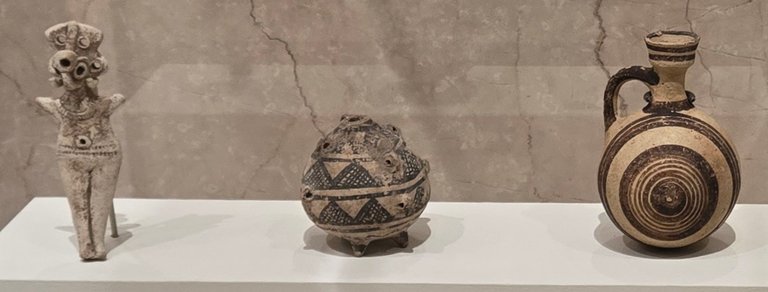 Left to Right
Left to Right
Figurine of a Woman with a Birdlike Face, 1450-1200 BCE
Tripod Jug, 2000-1600 BCE
Flask, 10th Century BCE
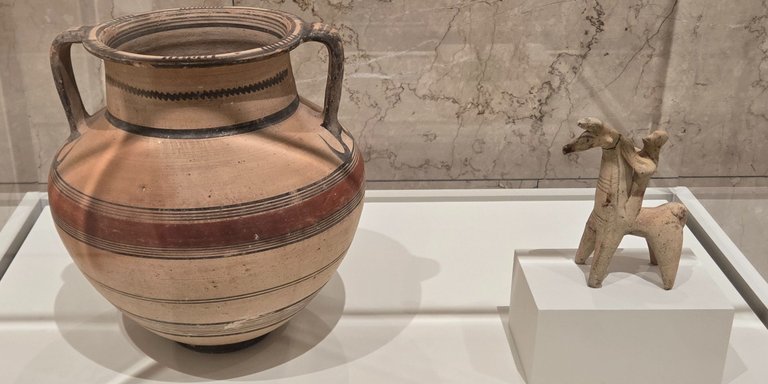 Left to Right
Left to Right
Handled Jar, 8th Century BCE
Horse and Rider, 7th or 6th Century BCE
All these artifacts originated from Cypriot. Terracotta statuettes of female figures with birdlike faces were associated with fertility and regeneration. This figurine had an elaborate headdress and jewerly suggesting that she was a goddess. Horse and rider sculptures appeared throughout the ancient Mediterranean. This imaginary evoked the idea of warfare and the elite status of the rider.
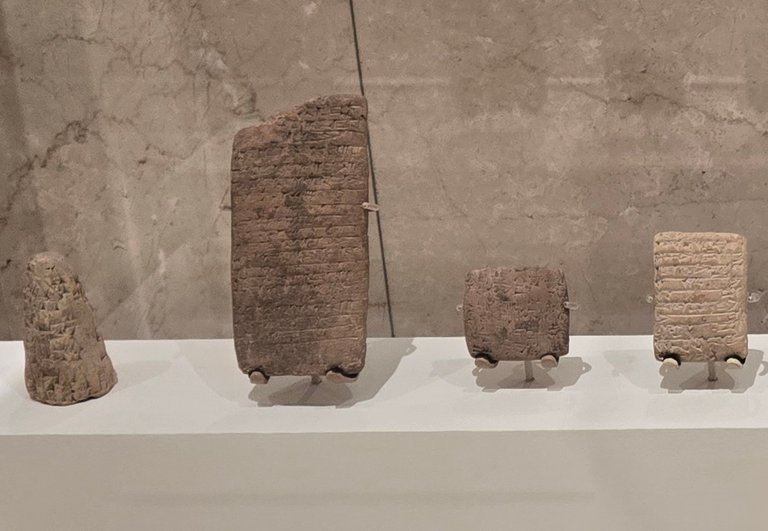 Left to Right
Left to Right
Votive Cone Cuneiform Tablet
Mesopotamian, 2500 BCE
Tablet, Babylonian, 2045 BCE
Tablet, Sumerian, 2500 BCE
Cuneiform Tablet, Sumerian, 2045 BCE
All these tablets were made of clay. Pretty interesting seeing ancient written text that is between 4000-4500 years old. Sadly there was no translation nor any other information on them.
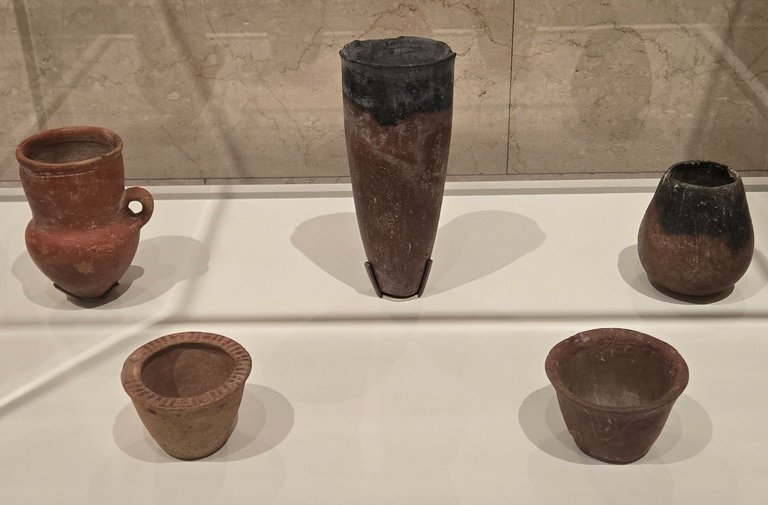 Left to Right
Left to Right
Handled Cup, 4500-3500 BCE
Vase, 4500-3500 BCE
Bowl, 4500-3500 BCE
Cup, 4500-3500 BCE
Cup, 4500-3500 BCE
Pictured above we have a Predynastic Egyptian Art all made from ceramics at the time of the civilizations beginnings. All these vessels would have been used for ritual and funerary purposes. The red colors derived from the natural irons in the Nile Silts, which oxidizes when fired in kilns. The black rim at the mouth of the pot is obtained by burying it in the kiln ashes.
As an entire exhibit I really enjoyed and learned a lot from it. Does it make me want to visit Egypt and see this ancient culture where it all happened at? Yes it does because there is a lot to be seen and learn there. I would love to see the pyramids and various larger items inside actual tombs. For now this exhibit gave me a feeling on what to expect if I were to visit Egypt.
That's all I have for you this time. I hope you enjoyed my little tour of all these artifacts. If so which ones do you like the most?
Take care, stay safe and have a great rest of the week. See you next time at the museum!
